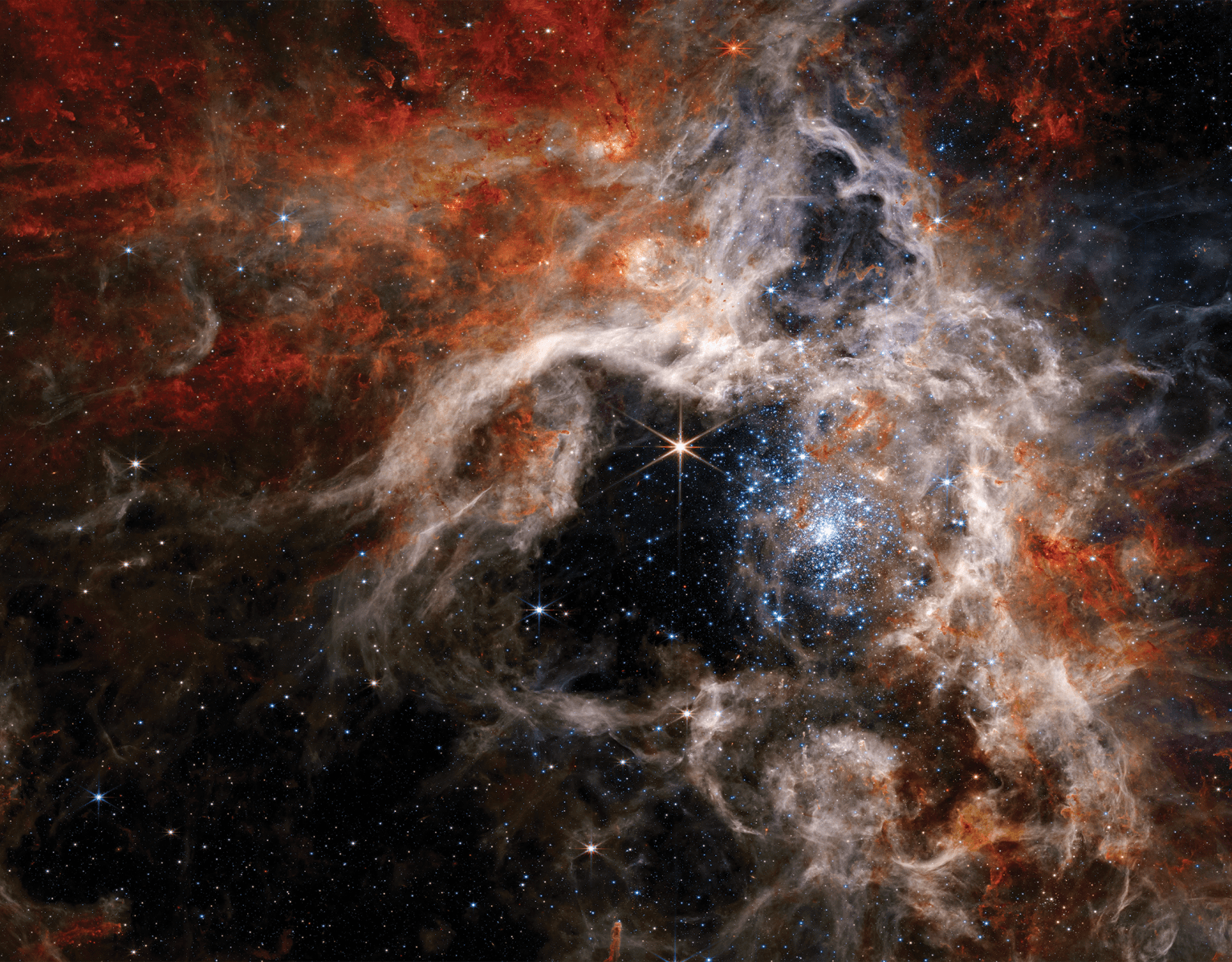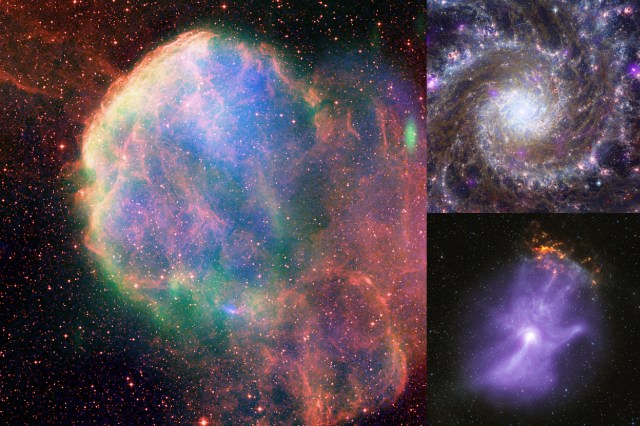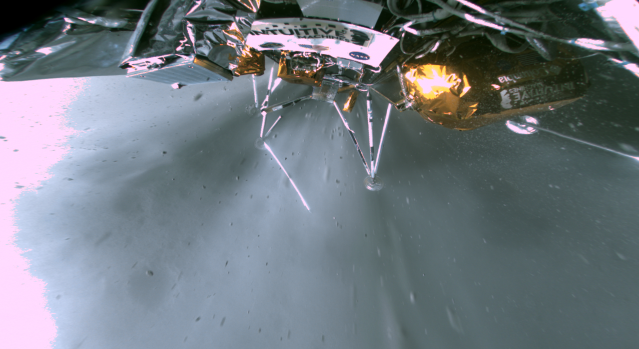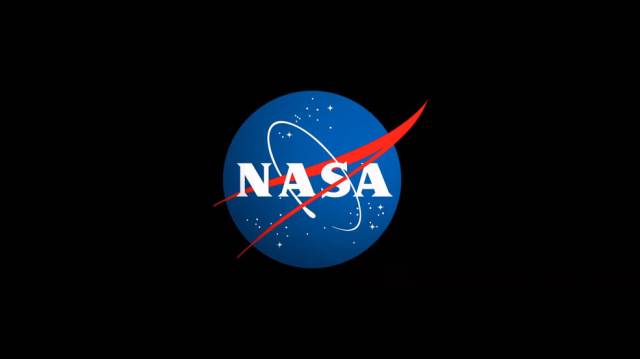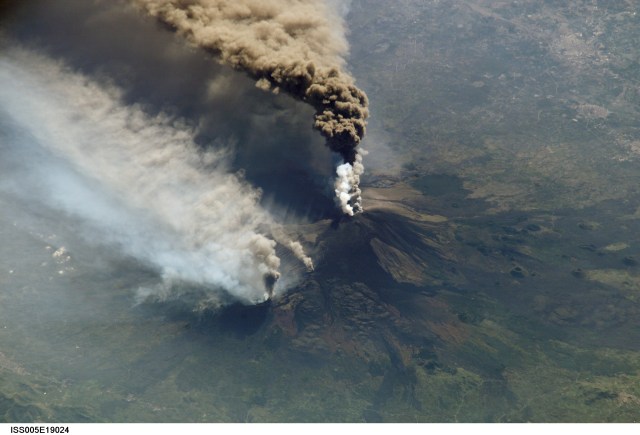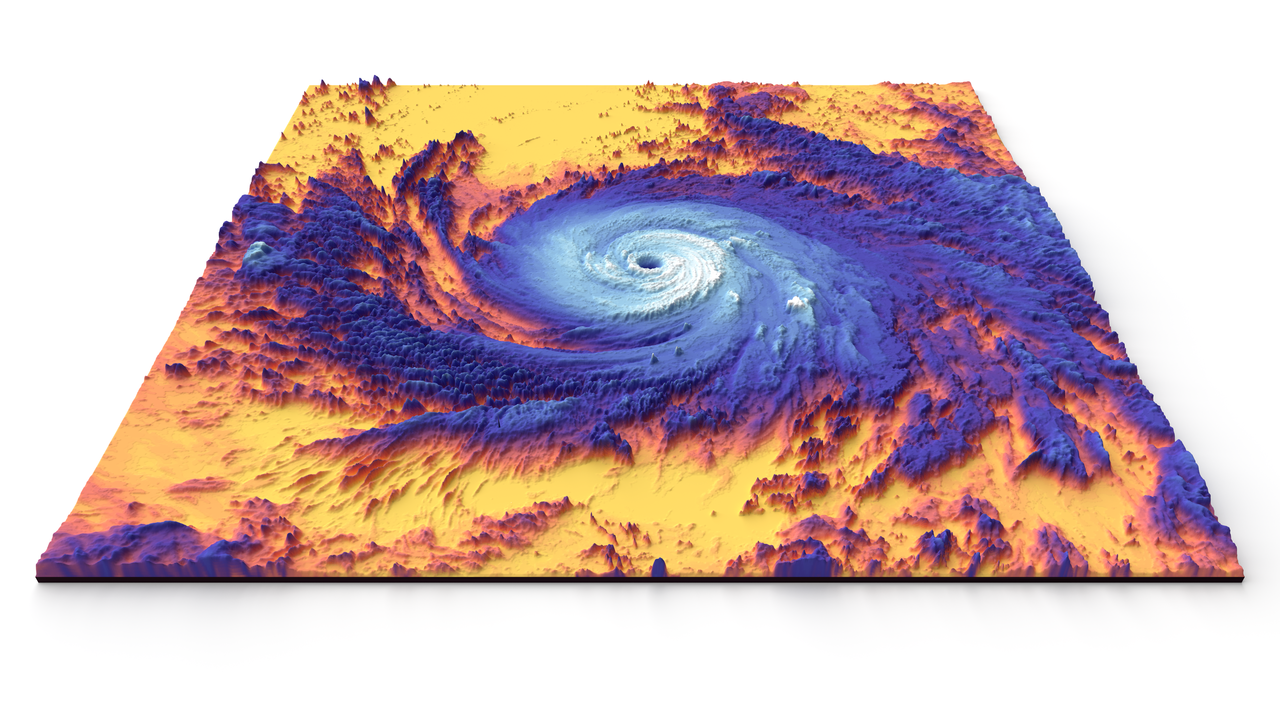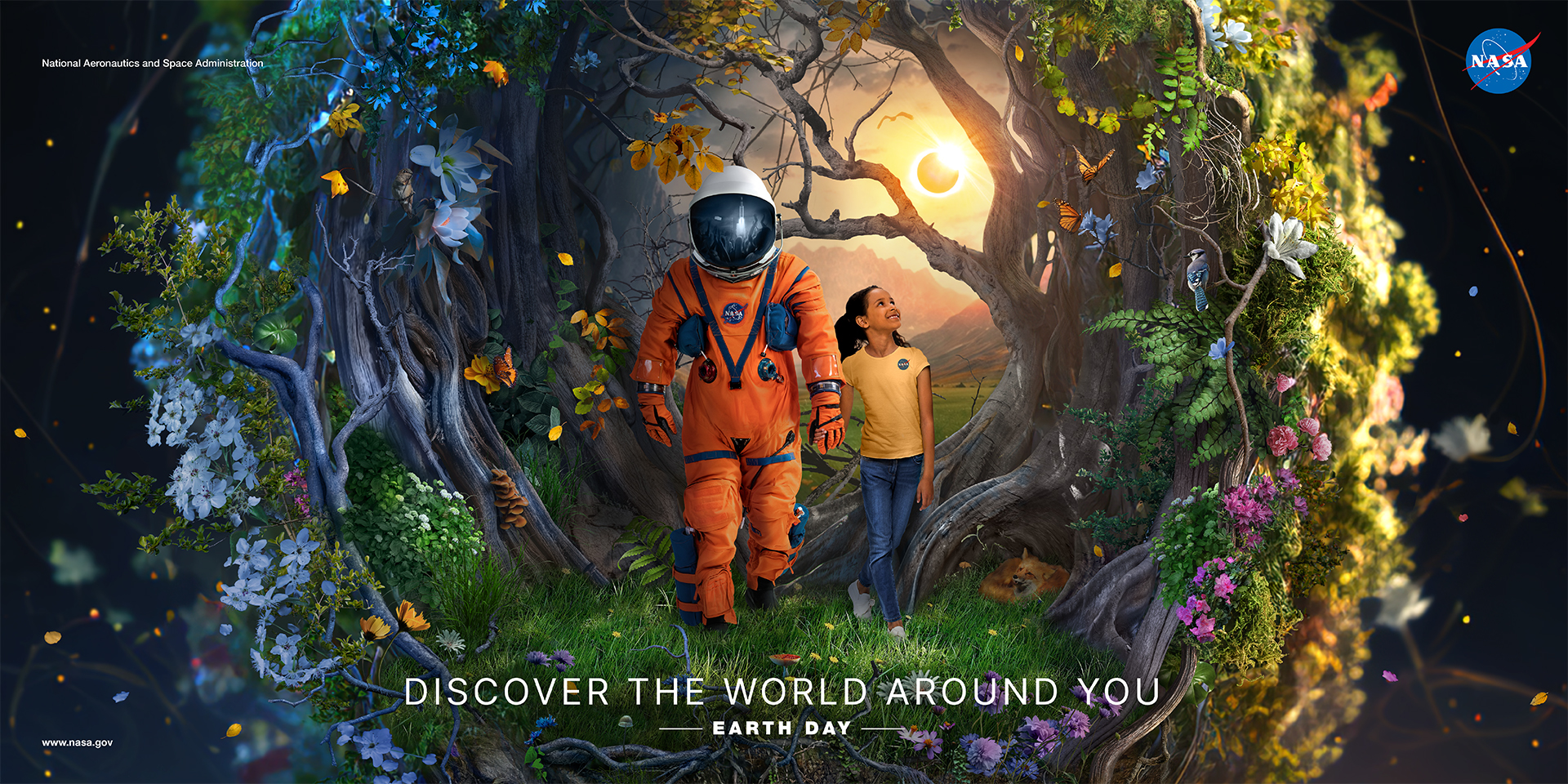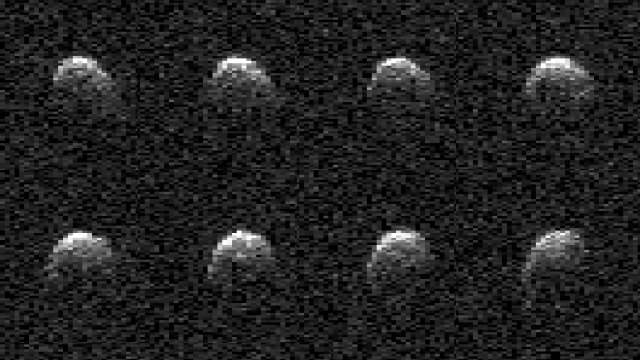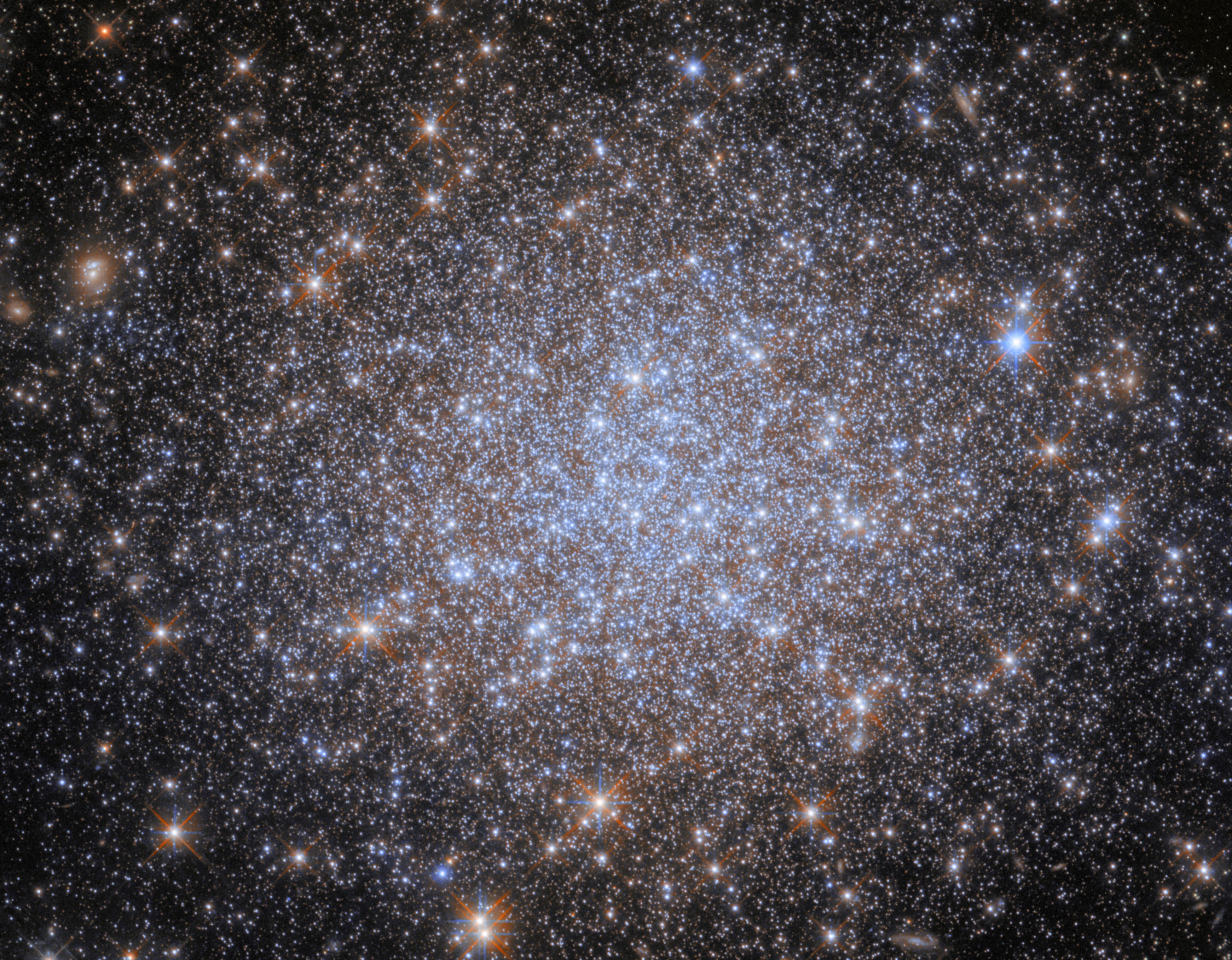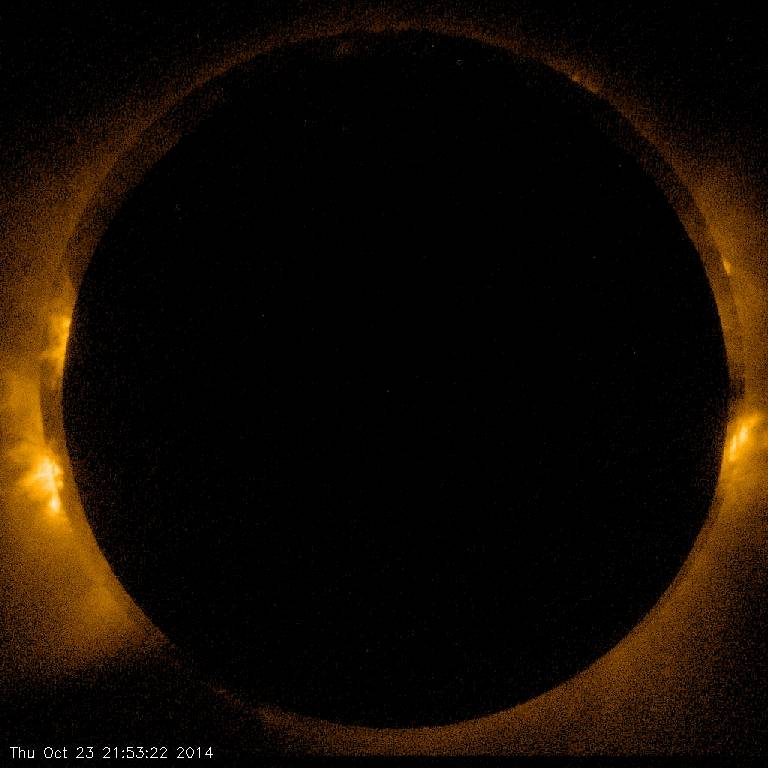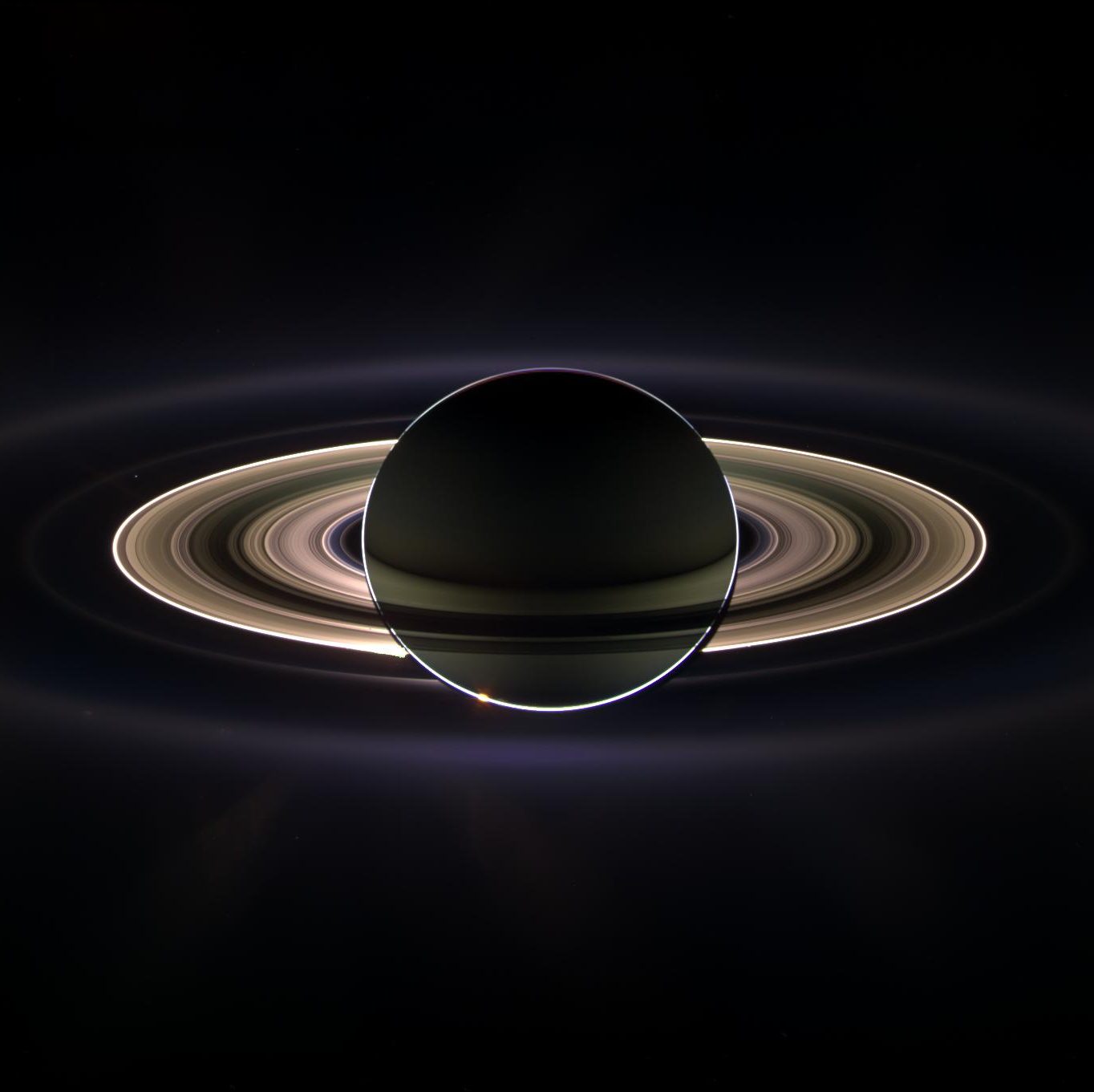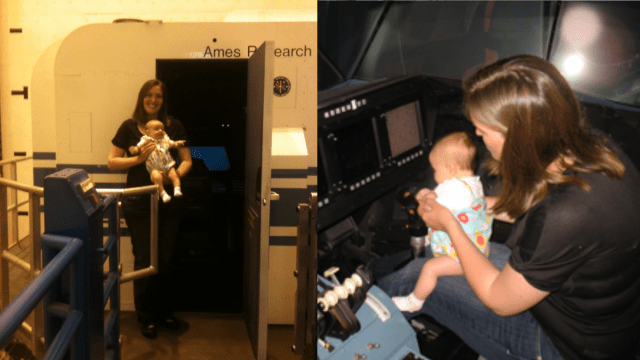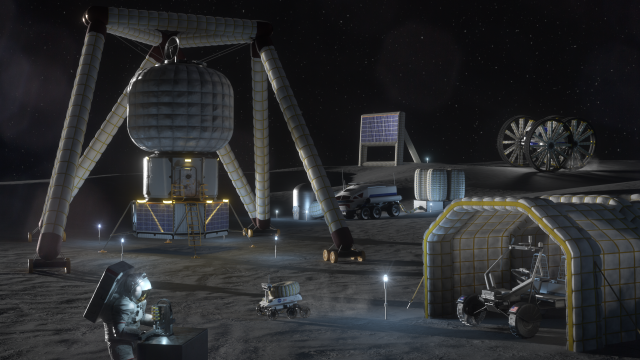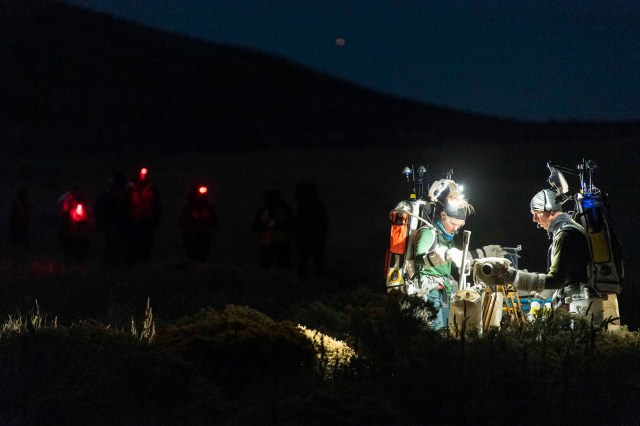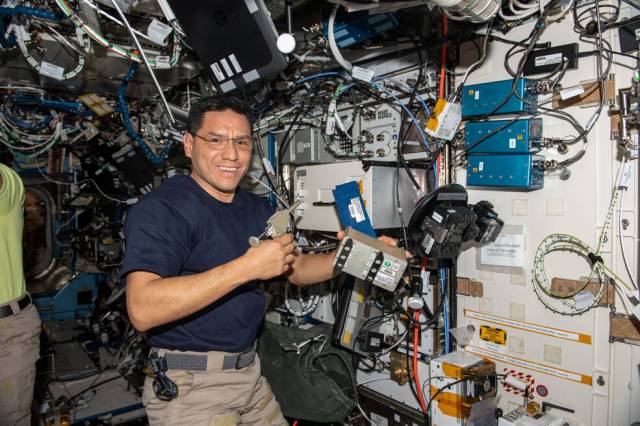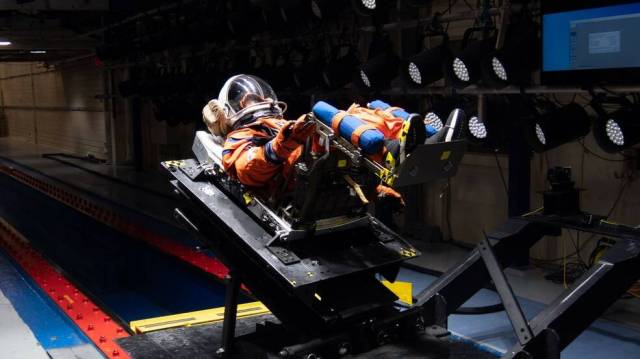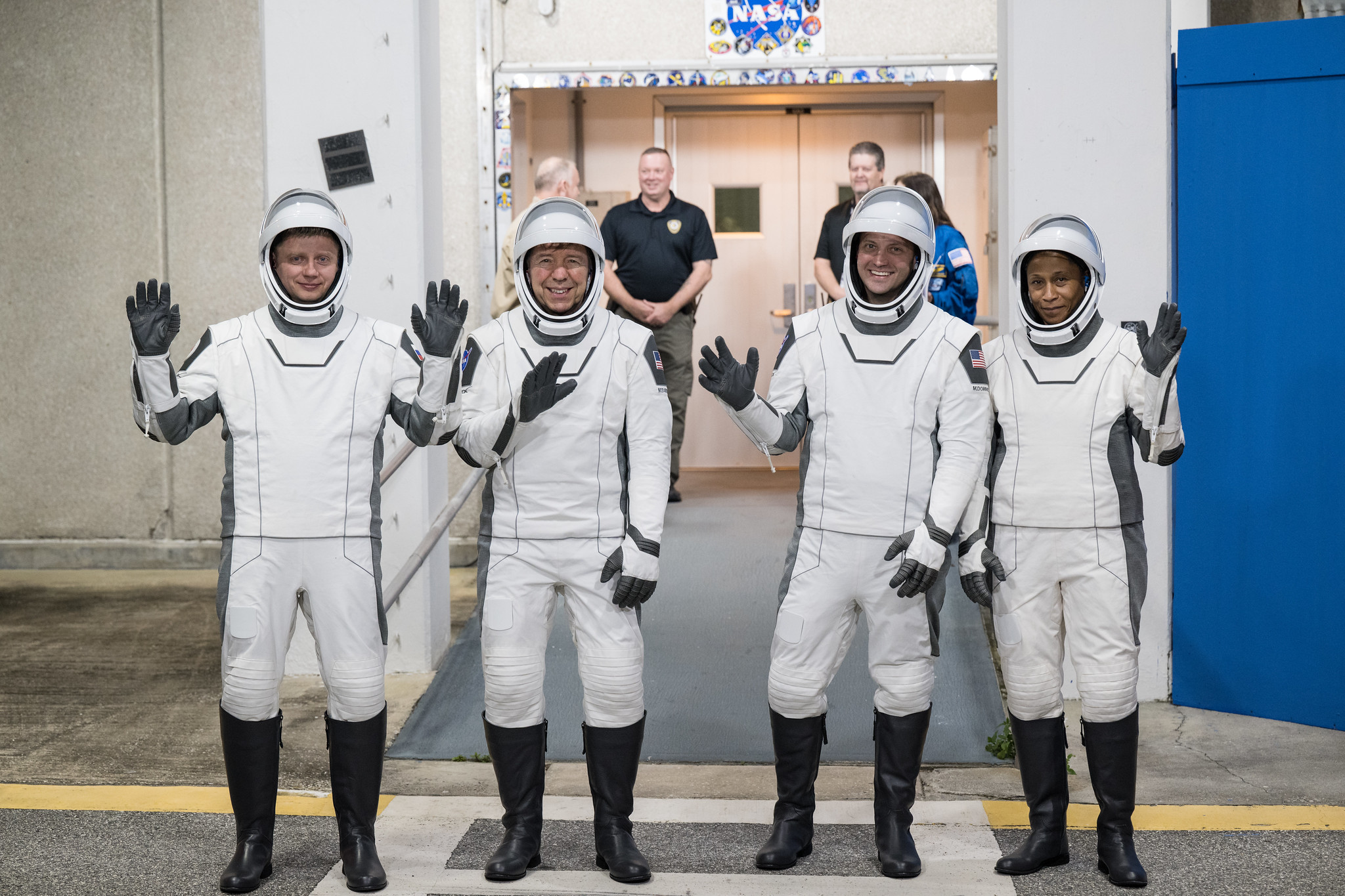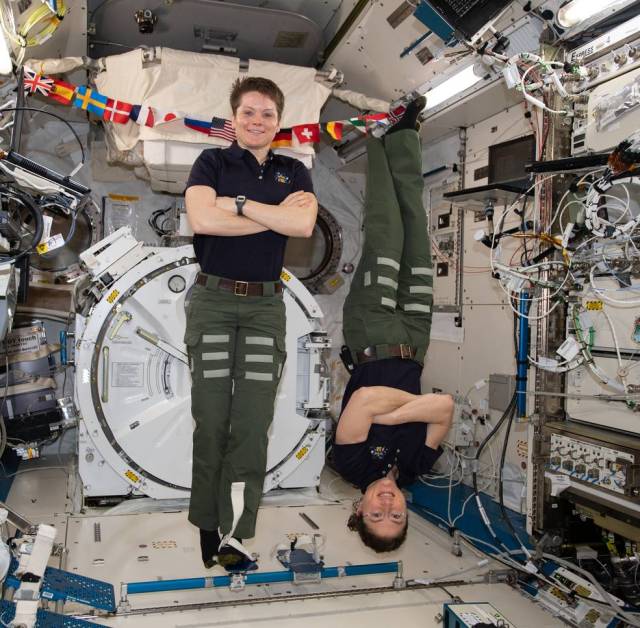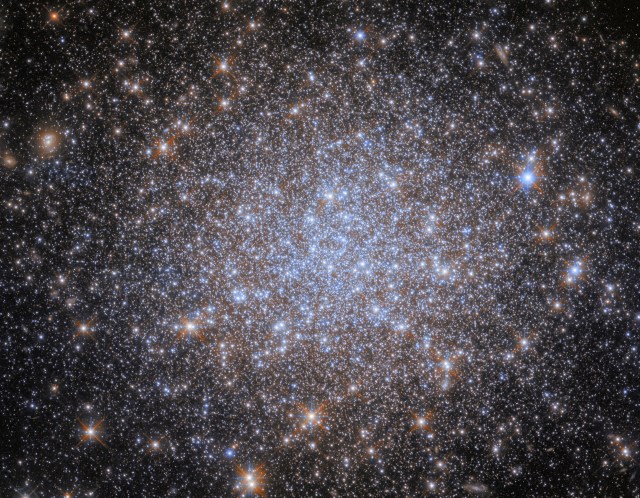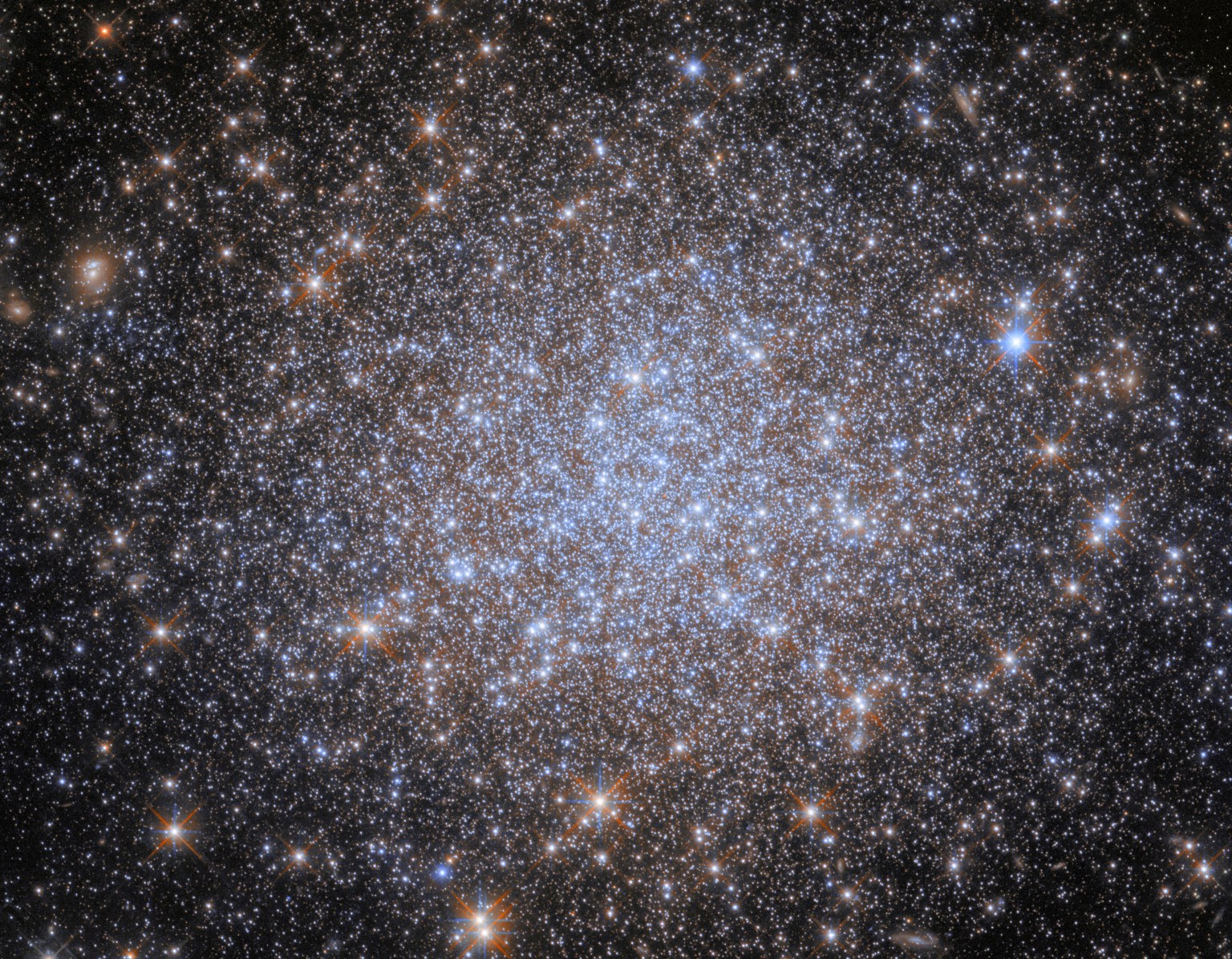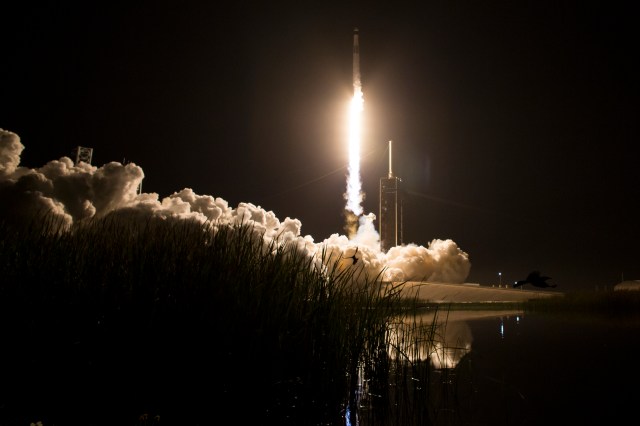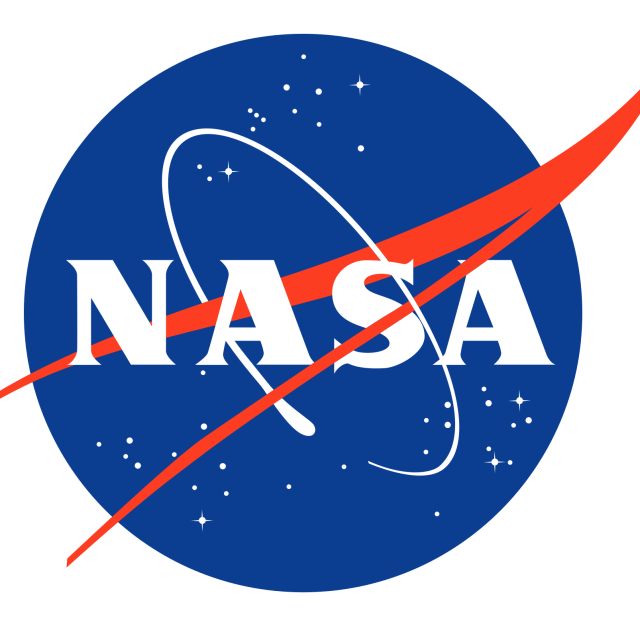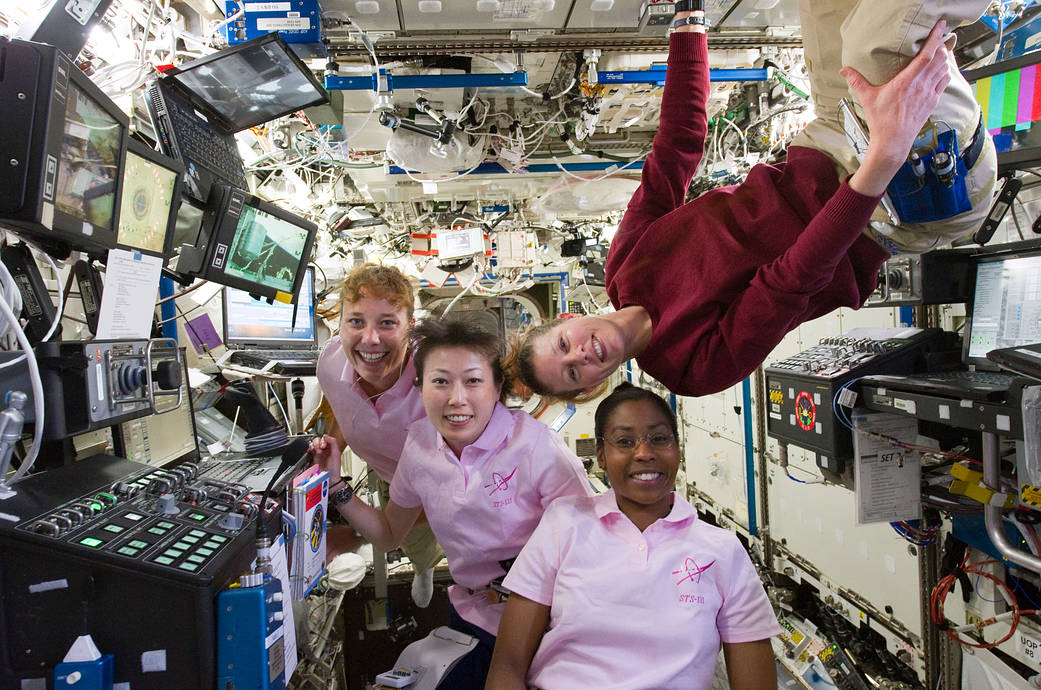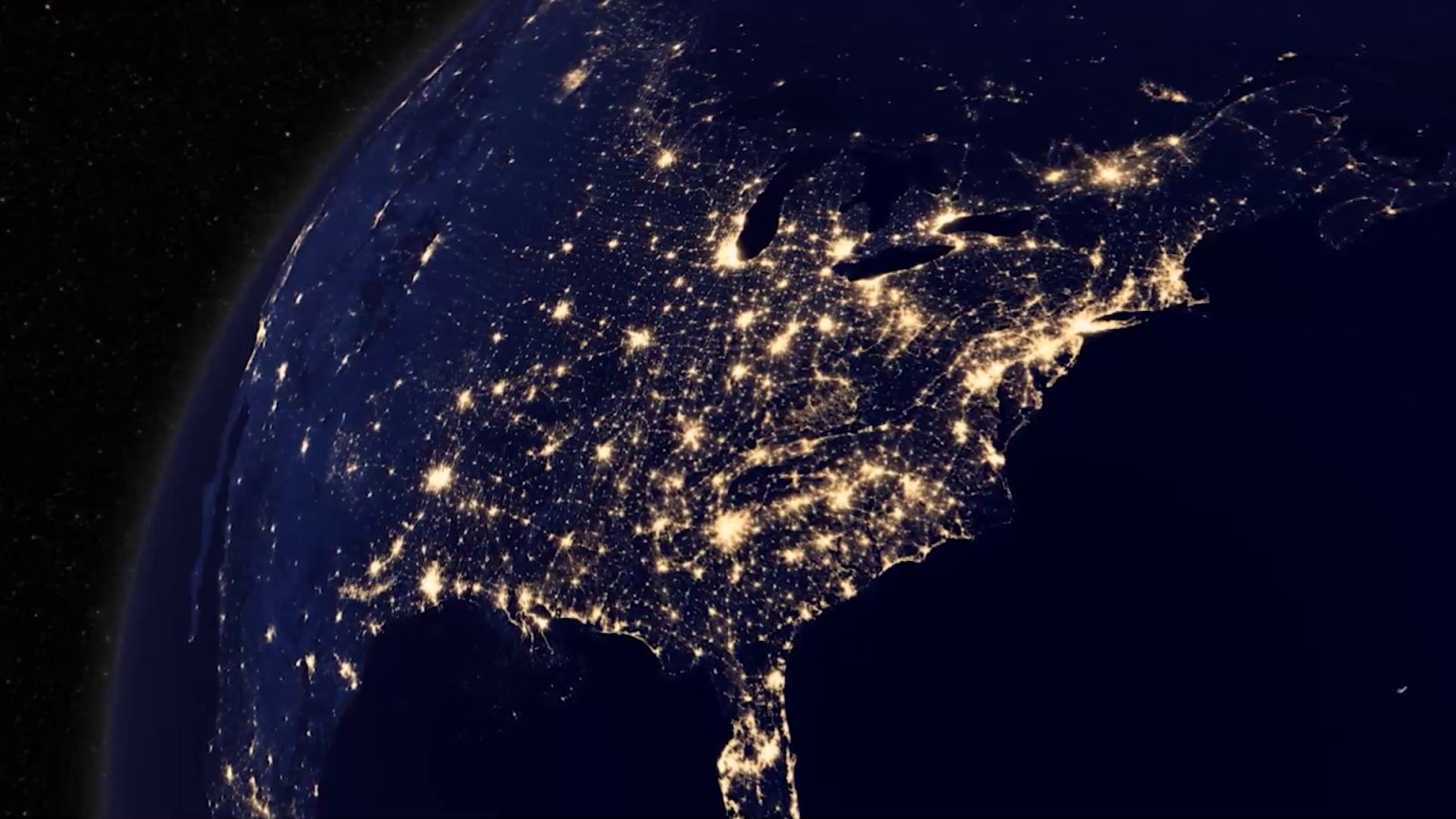Featured News
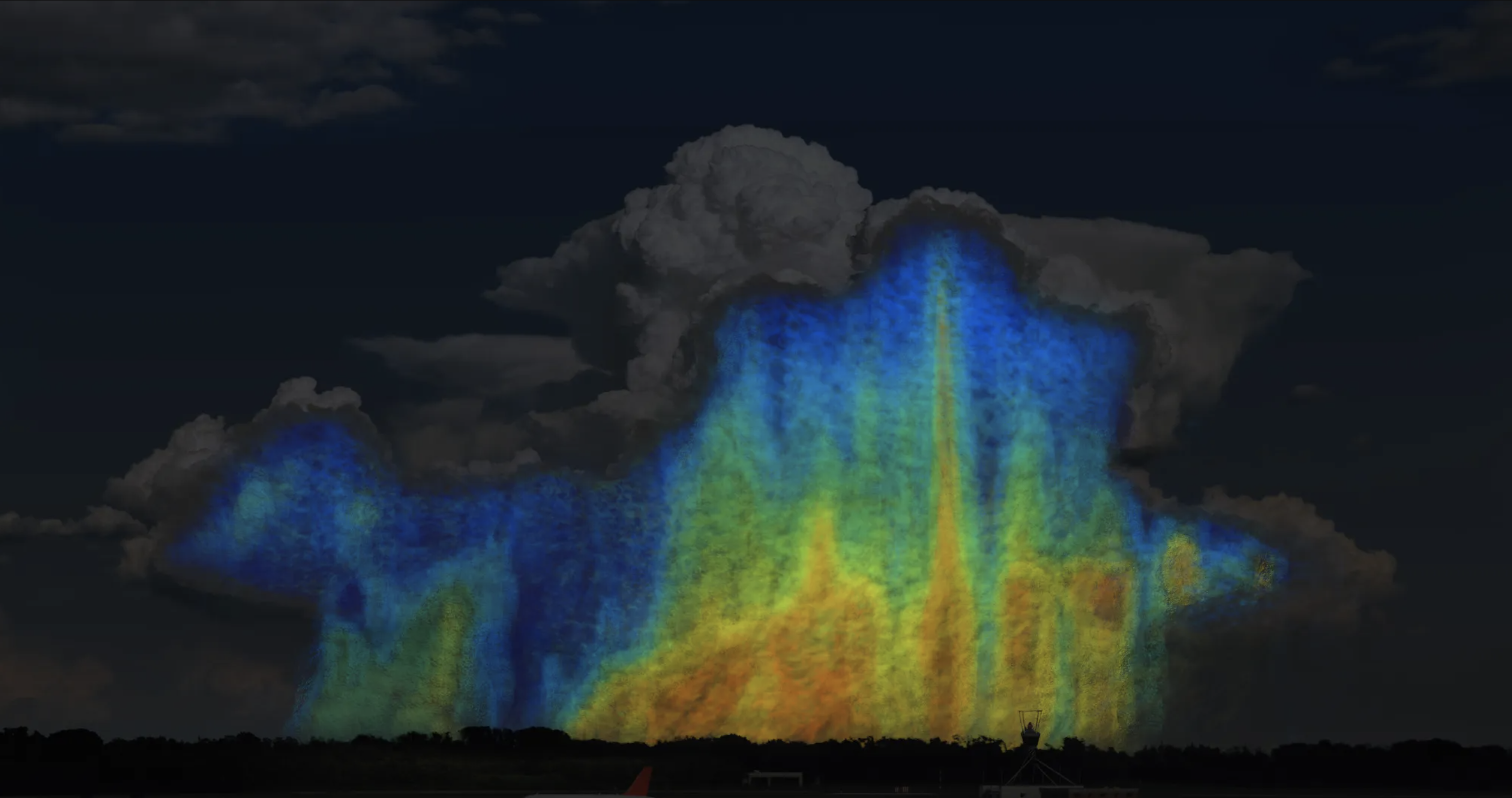
NASA’s Global Precipitation Measurement Mission: 10 years, 10 stories
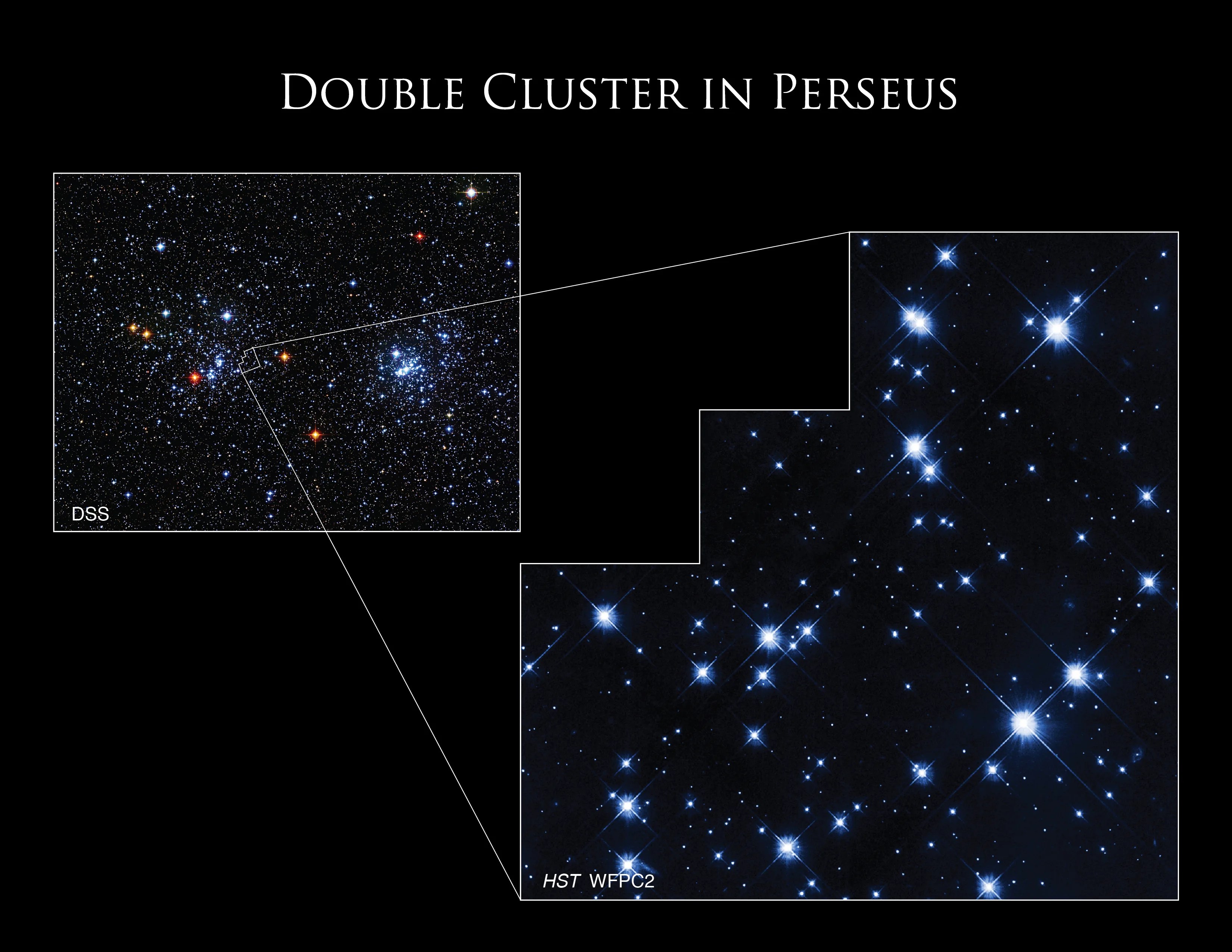
March’s Night Sky Notes: Constant Companions: Circumpolar Constellations, Part II

Student Teams to Help Fill the Inflatable Void with Latest Student Challenge…
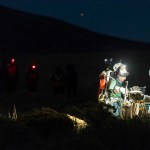
NASA Signs Agreement with Nikon to Develop Lunar Artemis Camera
Night-Shining Cloud Mission Ends; Yields High Science Results for NASA
After 16 years studying Earth’s highest clouds for the benefit of humanity – polar mesospheric clouds – from its orbit…
Read the Story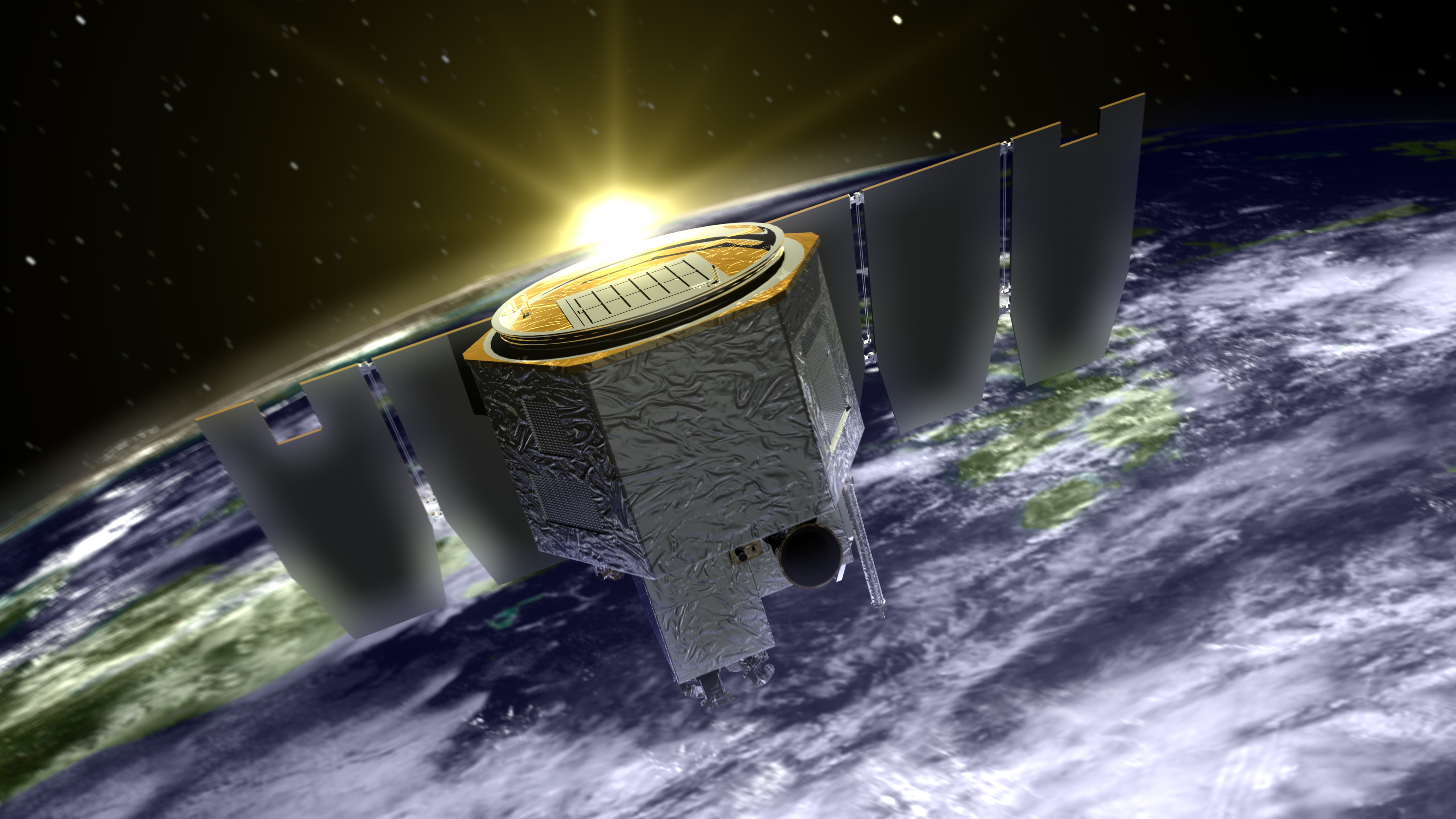
Today
Image Of The Day
Hubble Uncovers a Celestial Fossil
This densely populated group of stars is the globular cluster NGC 1841, which is part of the Large Magellanic Cloud (LMC), a satellite galaxy of our Milky Way galaxy that lies about 162,000 light-years away. Satellite galaxies are bound by gravity in orbits around a more massive host galaxy. We typically think of the Andromeda Galaxy as our galaxy’s nearest galactic companion, but it is more accurate to say that Andromeda is the nearest galaxy that is not in orbit around the Milky Way galaxy. In fact, dozens of satellite galaxies orbit our galaxy and they are far closer than Andromeda. The largest and brightest of these is the LMC, which is easily visible to the unaided eye from the southern hemisphere under dark sky conditions away from light pollution.
Our Changing Planet
For more than 50 years, NASA satellites have provided data on Earth's land, water, air, temperature, and climate. NASA's Earth Information Center allows visitors to see how our planet is changing in six key areas: sea level rise and coastal impacts, health and air quality, wildfires, greenhouse gases, sustainable energy, and agriculture.
Start Exploring about Our Changing Planet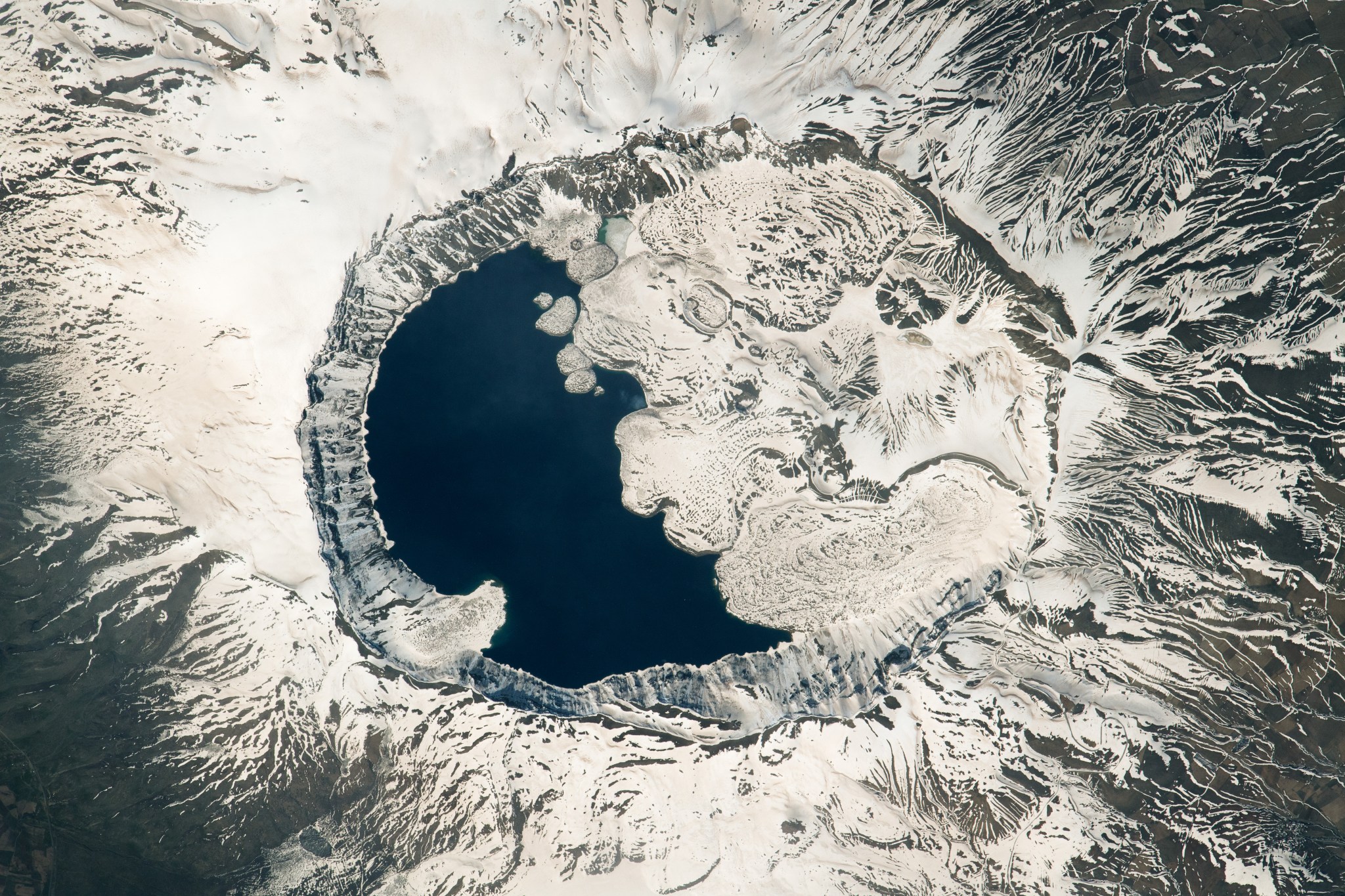
Latest News

NASA, Intuitive Machines to Discuss Moon Mission, Science Successes

NASA Grants to Engage Students in Quiet Supersonic Community Overflight

NASA Names New Station Manager, Space Operations Deputy
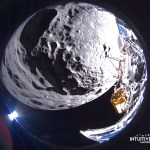
NASA Tech Contributes to Soft Moon Landing, Agency Science Underway
Explore the Universe from your Inbox
Stay up-to-date on the latest news from NASA–from Earth to the Moon, the Solar System and beyond.
We will never share your email address.
